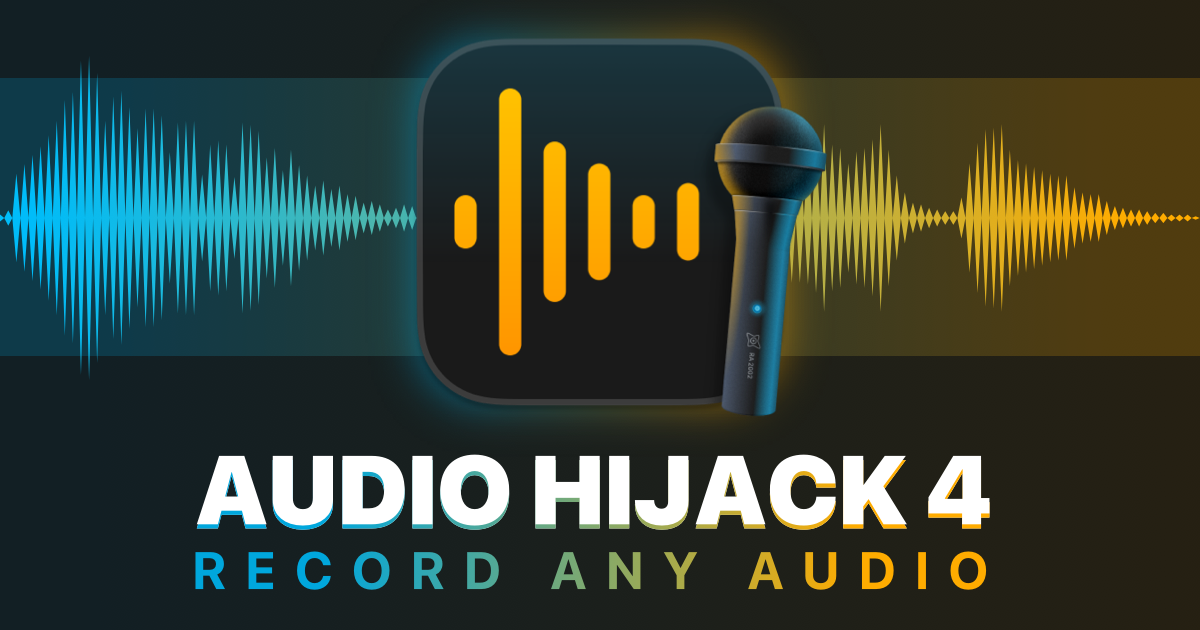
Interactive multimedia has
been called a "hybrid technology." It combines the storage and
retrieval capabilities of computer database technology with advanced tools for
viewing and manipulating these materials. Mutlimedia has a lot of different
connotations, and definitions vary depending on the context. For the purposes
of this Guide, in the context of upper secondary and postsecondary education,
interactive multimedia is defined by three criteria:
- Interactive Multimedia is any package of materials that
includes some combination of texts, graphics, still images, animation,
video, and audio;
- These materials are packaged, integrated, and linked
together in some way that offers users the ability to browse, navigate and
analyze these materials through various searching and indexing features,
as well as the capacity to annotate or personalize these materials;
- Interactive multimedia is always
"reader-centered." In interactive multimedia, the reader contols
the experience of reading the material by being able to select among
multiple choices, choosing unique paths and sequences through the
materials. One of the key features of interactive multimedia is the
ability to navigate through material in whatever ways are most meaningful for
individual users.
Interactive multimedia
is synonymous with another frequently used term: hypermedia. Hypermedia is the
multimedia version of the term hypertext.

Interactivity is the
dialog that occurs between a human being (or possibly another live creature)
and a computer program. (Programs that run without immediate user involvement
are not interactive; they're usually called batch or background programs.)
Multimedia Content
If you go deep into the Internet archives
and check out the first pages there, you will see that the sites back then
looked very simple, with a plain design,
relying solely on text and text formatting. However, the World Wide Web is
famous for its extremely rapid evolution and very soon, different websites started including pictures, audio, video files,
making the web more multimedia rich
Content:
Multimedia refers to content that uses more than one
medium. The categories of media are slippery, but they generally include:
- Text
- Sound
- Graphics/images
- Animation/video
(live footage as opposed to animation)
Video clips are short clips of video,
usually part of a longer recording. The term is also more loosely used to mean
any short video less than the length of a traditional
television program.
 Audio is sound within the acoustic range available
to humans. An audio frequency (AF)
is an electrical alternating current within the 20 to 20,000 hertz (cycles
per second) range that can be used to produce acoustic sound. In computers,
audio is the sound system that comes with or can be added to a computer.
Audio is sound within the acoustic range available
to humans. An audio frequency (AF)
is an electrical alternating current within the 20 to 20,000 hertz (cycles
per second) range that can be used to produce acoustic sound. In computers,
audio is the sound system that comes with or can be added to a computer. 
Image is a picture that has been
created or copied and stored in electronic form. An image can be described in
terms of vector
graphics or raster
graphics. An image stored in raster form is sometimes called a bitmap.
An image map is a
file containing information that associates different locations on a specified
image with hypertext links.
· STATIC
Web 1.0 is the term used to refer to the first
stage of development on the World Wide Web that was
characterized by simple static websites. The termWeb 1.0 didn't
appear until the term Web 2.0 was coined in 1999 by Darci
DiNucci. During that time, theweb was undergoing a major
transformation.
·
DYNAMIC
Web 2.0 website may
allow users to interact and collaborate with each other in a social media dialogue as creators of user-generated
content in a virtual community, in contrast to the first generation of Web 1.0-era
websites where people were limited to the passive viewing of content. Examples of Web 2.0 features include social
networking sites and social media sites (e.g., Facebook), blogs, wikis, folksonomies ("tagging" keywords on websites and
links), video sharing sites (e.g., YouTube), hosted services, Web applications ("apps"), collaborative
consumption platforms,
and mashup
applications.
·
SEMANTIC
This term refers to the latest developments in virtual
reality, one of 3.0's enhancements over 2.0. Like “semantic web,”
this term has generated some controversy as a defining characteristic of
web 3.0. Its meaning, after all, is literally “beyond
the universe,” which some believe points to its impossibility.
REFERENCES
Web-Wekipedia
REACTIONS:
Interactive Multimedia is one of the important thing we
should learn. Because of this we will increase the effectiveness of learning
and It is more appealing over traditional lecture methods. It offers
significant potential in improving personal communications, education and
training efforts. Interactive Multimedia reduces training cost and it is easy
to use. While doing this presentation I feel good and happy because I learned a
lot, I hope some will visit my blog.

GANDARA AH LALABLY
ReplyDeletesyempre ako gumawa:)
Deletenice output lovely..
ReplyDeletesalamat
DeleteNice work!
ReplyDeletetenQ ate!
Deletegaling
ReplyDelete